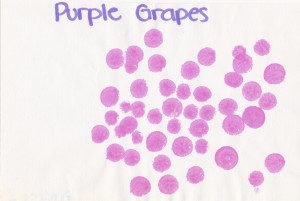You hear so much about ADHD these days. It’s in the news. You likely know children, teens or adults who’ve been diagnosed with it. Debates continue about under- and over-diagnosing, and about medicating.
First, just what is ADHD?
ADHD is Attention-Deficit Hyperactivity Disorder. Of course, nearly all children will sometimes be hyperactive and lack focus. How do you know when it’s a problem worth taking to your pediatrician?
The American Academy of Pediatrics has a great article covering the basics of ADHD in which they say, “Children with attention-deficit/hyperactivity disorder (ADHD) have behavior problems that are so frequent and severe that they interfere with their ability to live normal lives.” We might add that family life is also greatly affected by a child with ADHD. This same article deals with concerns about medications and why more children are now being diagnosed with ADHD than, say, 10 or 20 years ago.
Another fascinating article about the trend is here, from MacClean’s.
The bottom line is this: yes, it’s a real problem. And yes, it may also be over-diagnosed.
Families of children and teens who have ADHD find that the right medication in the right amount can profoundly help. Specific testing is needed up front, then some time is often required to pinpoint and adjust the proper medication. In addition, coping mechanisms for studying, chores and social skills can assist parents in dealing with ADHD.
At Georgetown Pediatrics, we are conscientious in making the right diagnosis for your child. Four of our physicians (Dr. Hambrick, Dr. Hoddy, Dr. Sweigart and Dr. Forster) are specially trained to diagnose and design a treatment plan specific to your child. With compassion we can help you find your way to a less stressful future with your family.
If you have concerns that your child may have ADHD, contact our office for an appointment.
© 2014 MBS Writing Services, all rights reserved


